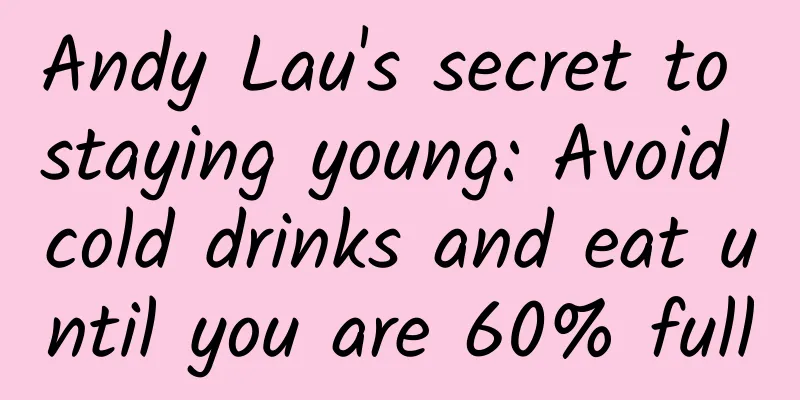At what age do uterine fibroids usually occur? At what age do uterine fibroids usually occur?

|
What age do uterine fibroids usually occur? Uterine fibroids are common benign tumors in gynecology, which often occur during the reproductive period of women and cause many problems for women's health. This article will introduce the age range in which uterine fibroids usually occur and the most common age group of onset. 1. Puberty and uterine fibroids Adolescence is a critical period of female physiological development and also a stage for the onset of uterine fibroids. At the beginning of puberty, female ovaries begin to secrete estrogen, which plays a key role in the growth and development of the uterus. During this process, a small number of women may experience early symptoms of uterine fibroids, such as irregular menstruation and abdominal pain. Although the incidence of uterine fibroids during adolescence is relatively low, the possibility of uterine fibroids cannot be completely ruled out in this age group. 2. Reproductive period and uterine fibroids The reproductive period is the most common age group for the occurrence of uterine fibroids. On a physiological level, the secretion of estrogen reaches its peak at this time, promoting the growth and repair of the endometrium. Since the endometrium is the main origin of uterine fibroids, women in this period are more likely to develop uterine fibroids. The uterus of women in the reproductive period is also more susceptible to external stimuli, such as childbirth and miscarriage, which can also increase the risk of uterine fibroids. Therefore, women in the reproductive period need to undergo regular gynecological examinations to detect and treat uterine fibroids in a timely manner. 3. Menopause and uterine fibroids Menopause is a stage when women undergo great physiological and psychological changes. During this period, women's ovarian function gradually declines and estrogen levels begin to drop. However, despite the drop in estrogen levels, uterine fibroids may still appear or continue to exist during menopause. This is because uterine fibroid cells have the ability to produce estrogen independently. Even if the estrogen secreted by the ovaries decreases, uterine fibroids can still obtain the required estrogen through other pathways. Therefore, menopausal women also need to pay attention to the development and treatment of uterine fibroids. Although uterine fibroids generally occur in women during adolescence, childbearing years, and menopause, it does not mean that women of other ages will not get uterine fibroids. Women of all ages need to pay attention to their gynecological health and have regular gynecological examinations. Early detection and treatment of uterine fibroids can help avoid further development of the disease and the discomfort it brings to women's health. |
>>: What medicine can be applied to uterine fibroids? What medicine is good for uterine fibroids?
Recommend
Beware of the dangers of miscarriage
With the increasingly open social atmosphere and ...
What causes pain in adnexitis?
The cause of adnexitis pain may be related to bac...
What does the MRI result of uterine fibroids mean? What is the result of MRI of uterine fibroids?
What does the MRI result of uterine fibroids mean...
2 Dietary Guidelines for Patients with Irregular Menstruation
Irregular menstruation is a common gynecological ...
What are the symptoms of premature ovarian failure?
Premature ovarian failure refers to the decline o...
What is the difference between uterine fibroids and adenomyosis?
What is the difference between uterine fibroids a...
Beef is required to be marked on the road in various forms
Starting today, the 12th, beef sold on the market...
What are the main causes of irregular menstruation?
What are the main causes of irregular menstruatio...
Is banana milk effective for weight loss? Nutritionist: Don’t touch these landmines
There has been an oversupply of bananas recently....
Accurate treatment of inflammation is the key to treating chronic pelvic inflammatory disease
Pelvic inflammatory disease is a gynecological di...
What should I do if I have uterine fibroids? Treatment methods for uterine fibroids
Uterine fibroids are not a very serious gynecolog...
Reverse prediabetes, diabetes is coming! Study: Eating 6 grams of cinnamon a day can effectively control blood sugar and blood lipids
Diabetes is not something that can be cured overn...
Why can't you have sex after an abortion? How many abortions will it take to stop having children?
Why can't you have sex after having an aborti...
What are the symptoms of vaginitis?
What are the symptoms of vaginitis? Vaginitis is ...
The difference between adenomyosis and endometriosis
Adenomyosis and endometriosis are two different g...









